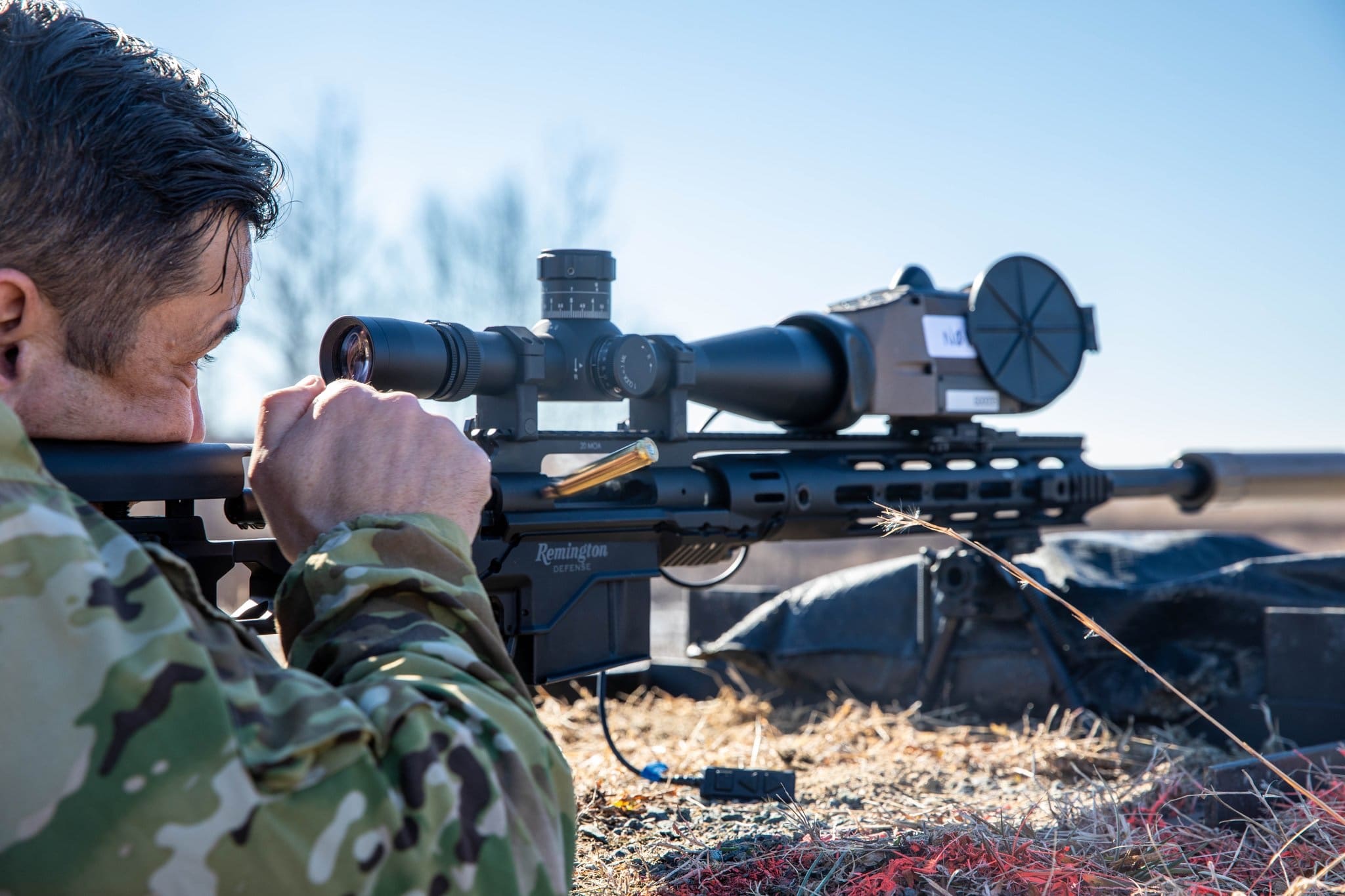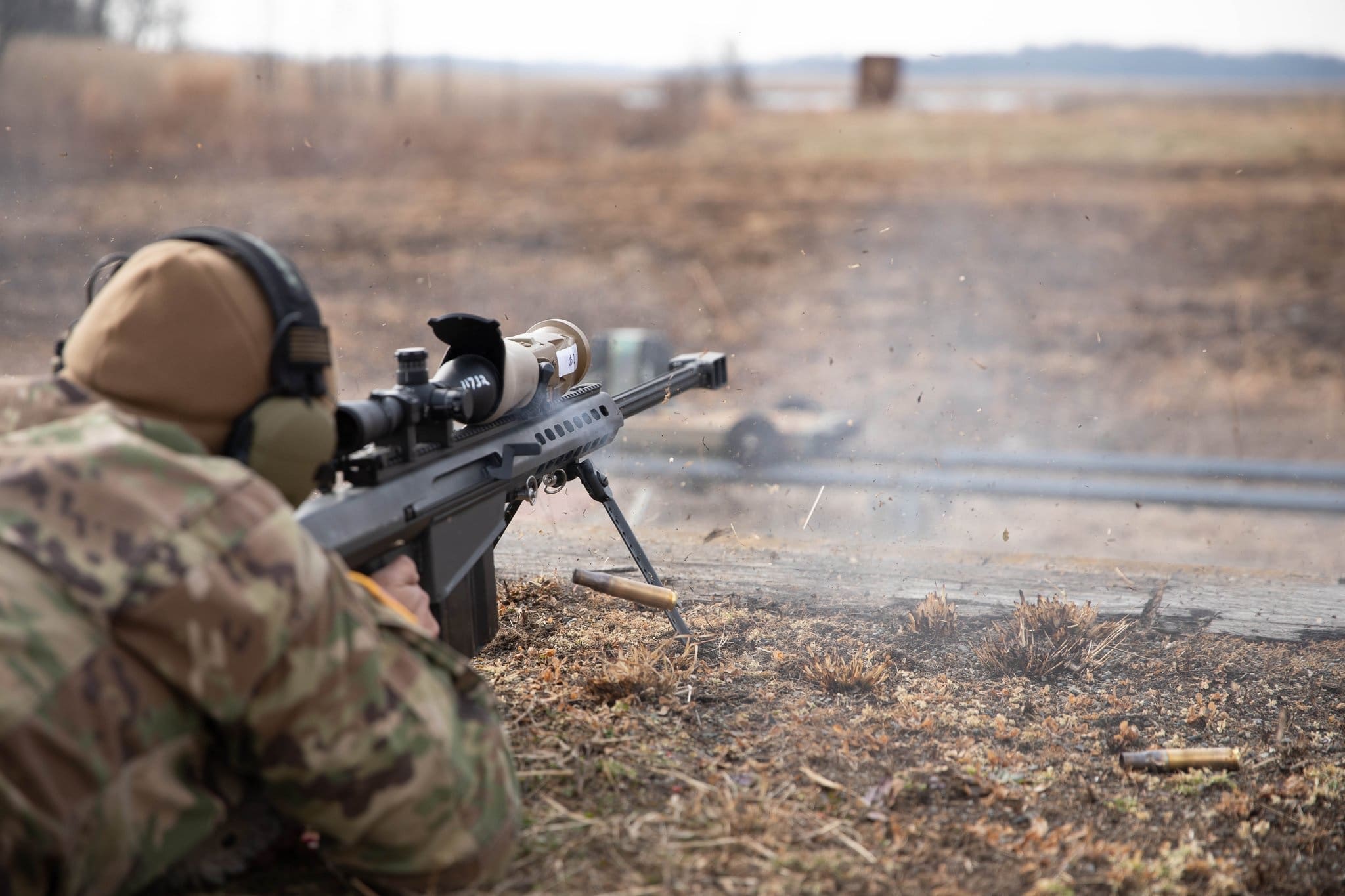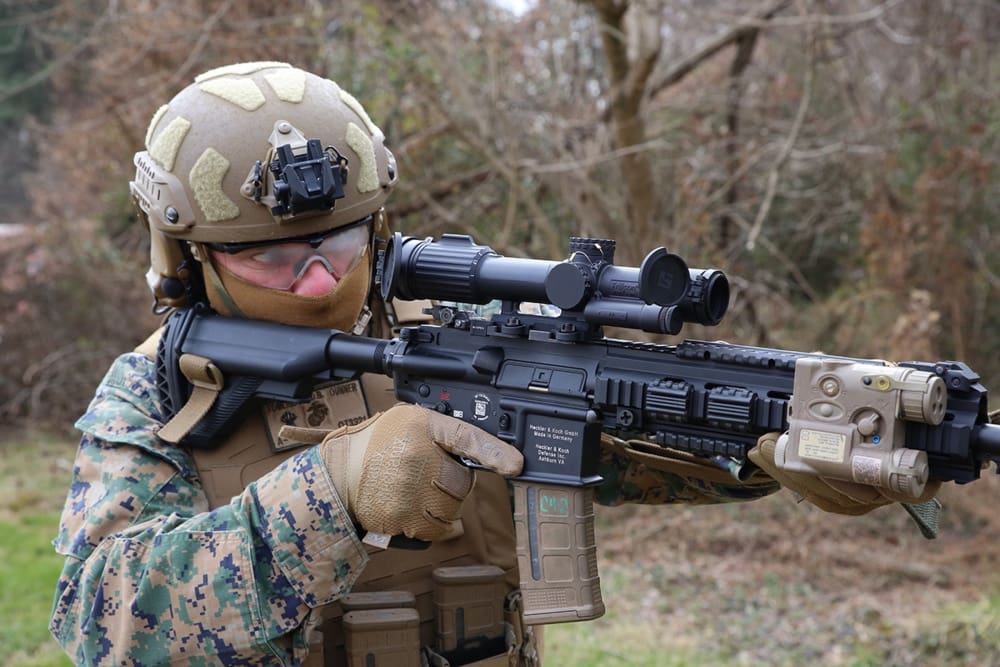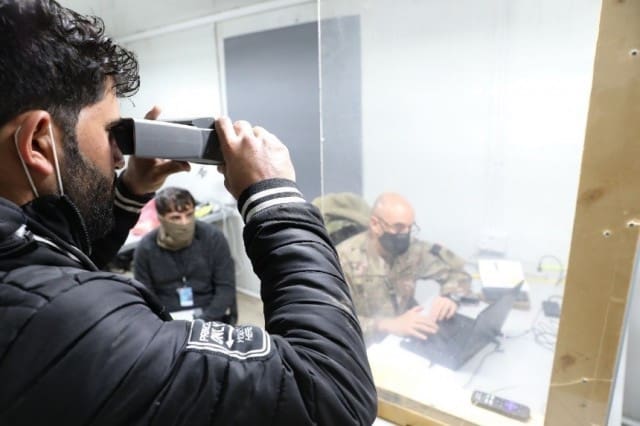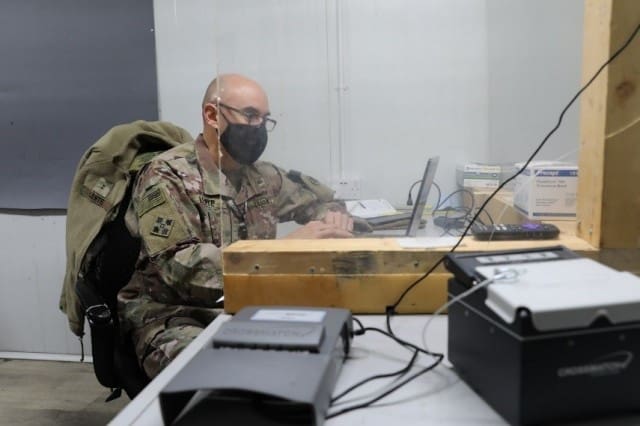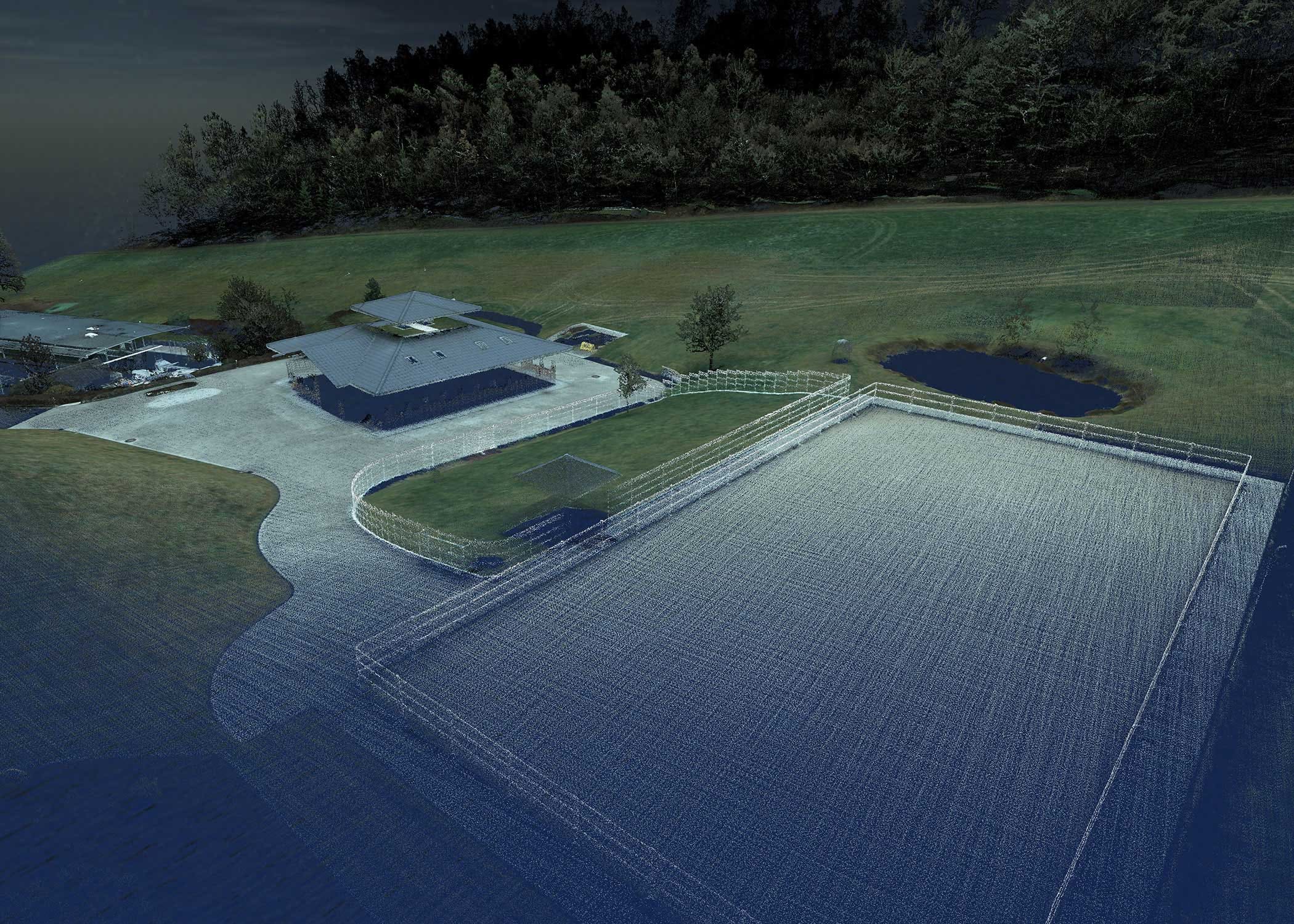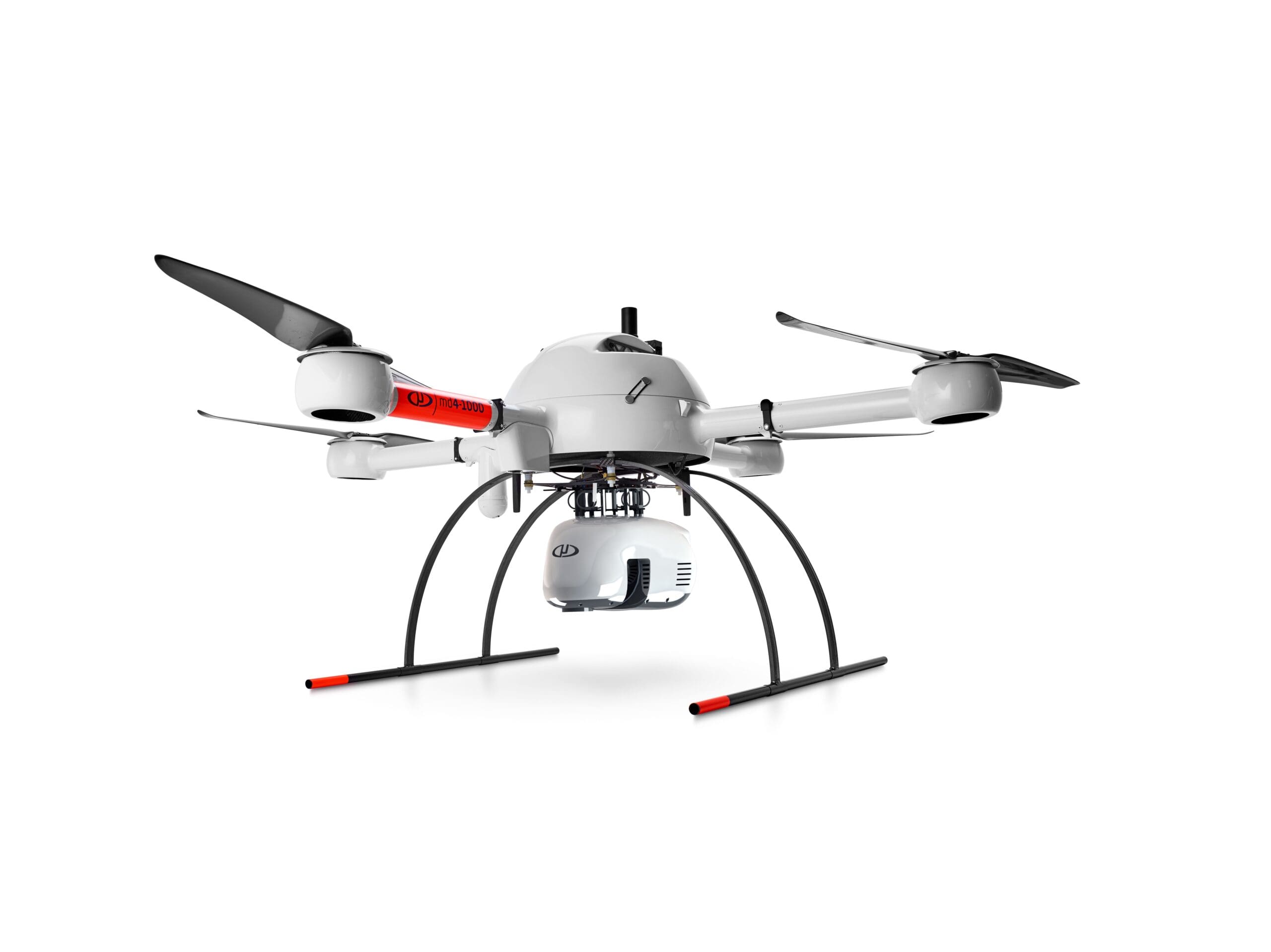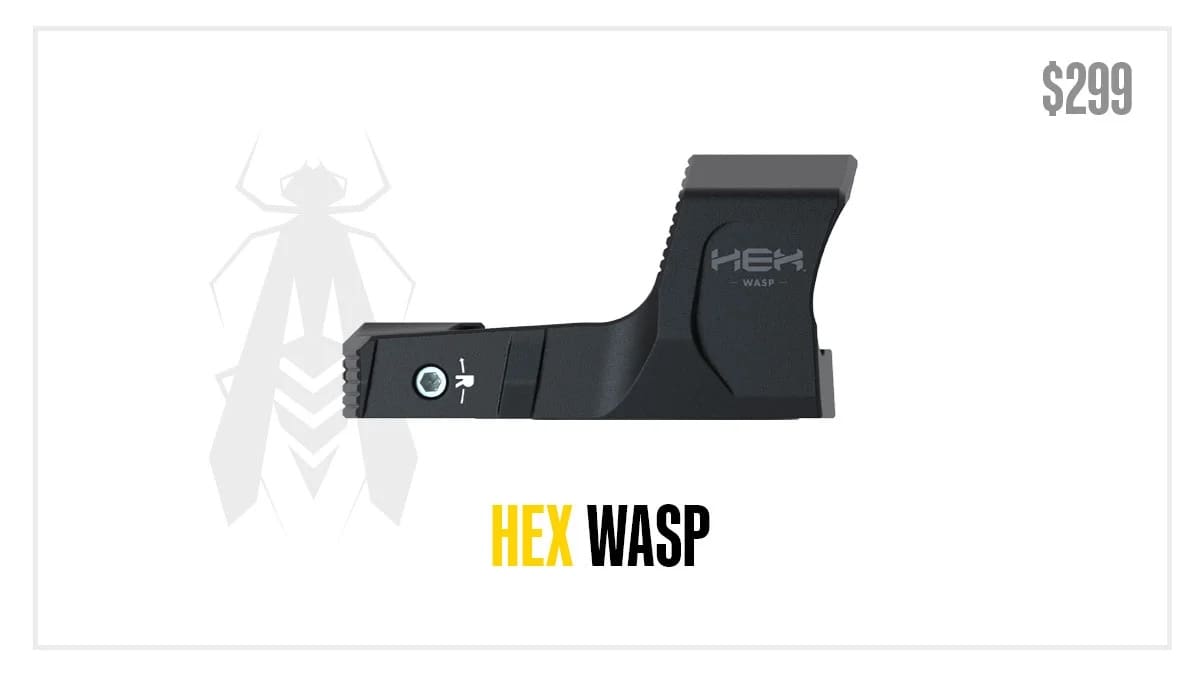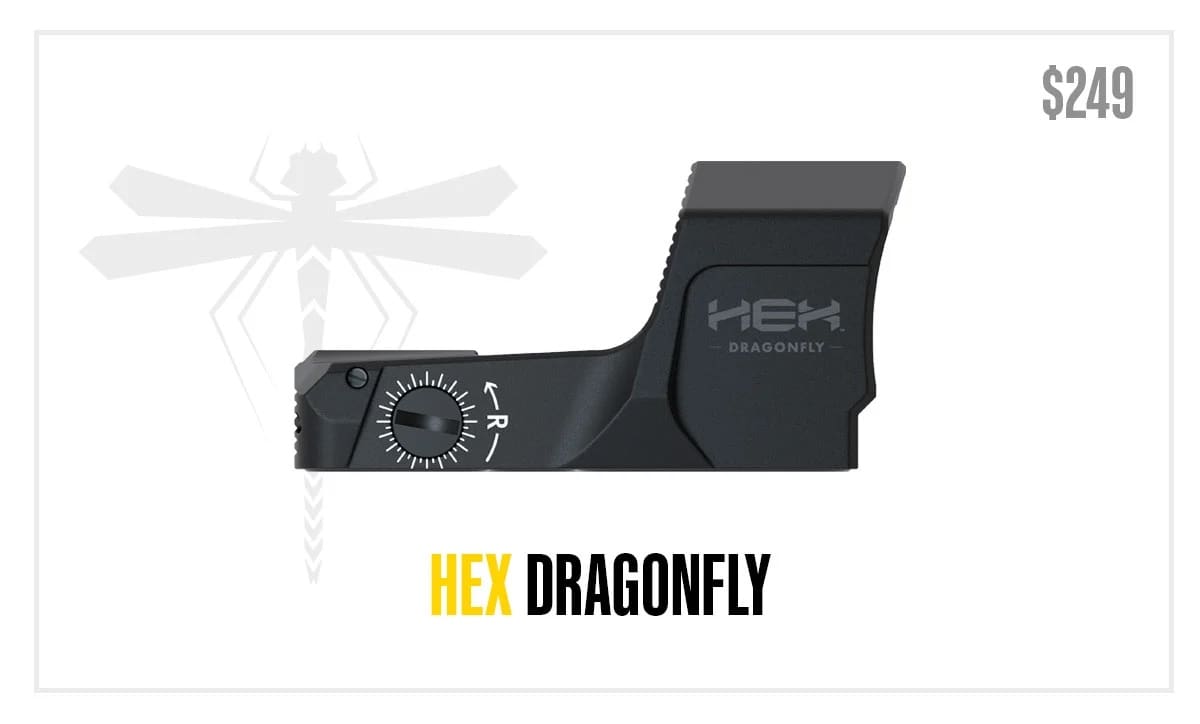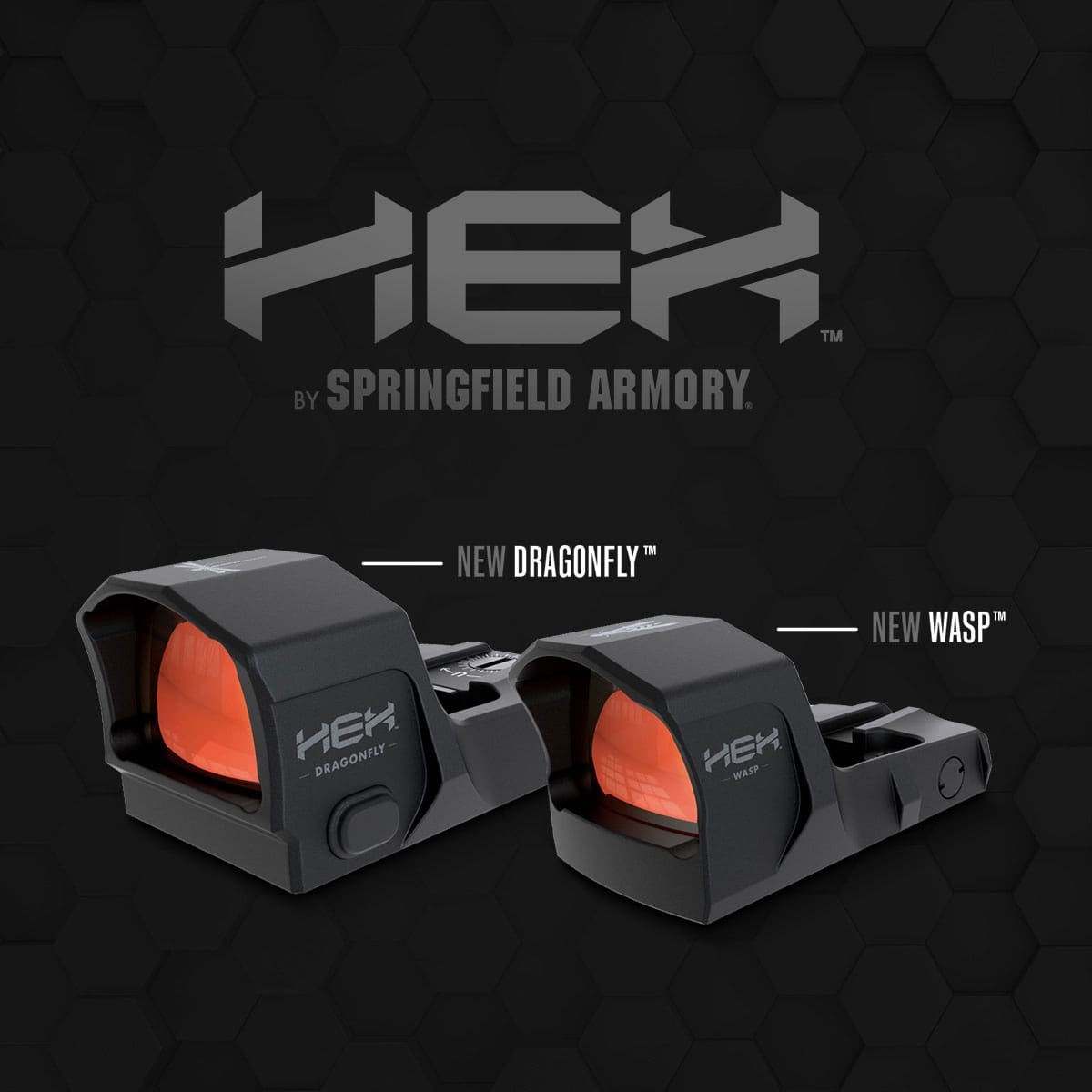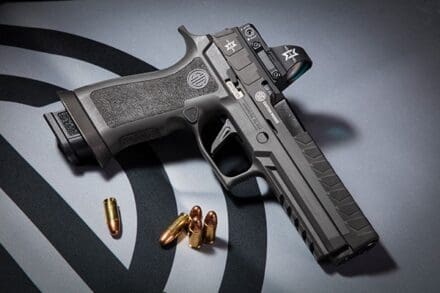“IVAS is more than just a goggle, it’s changing the way we fight.”
– MAJ Kevin Smith, PM IVAS Platform Integration DRI
JOINT BASE LEWIS-MCCORD, WA – The Integrated Visual Augmentation System (IVAS) is being developed to address capability gaps in the dismounted close combat force identified by Army leadership via the 2018 National Defense Strategy. The intent is to integrate key technology systems into one device to provide a single platform for Soldiers to fight, rehearse, and train.
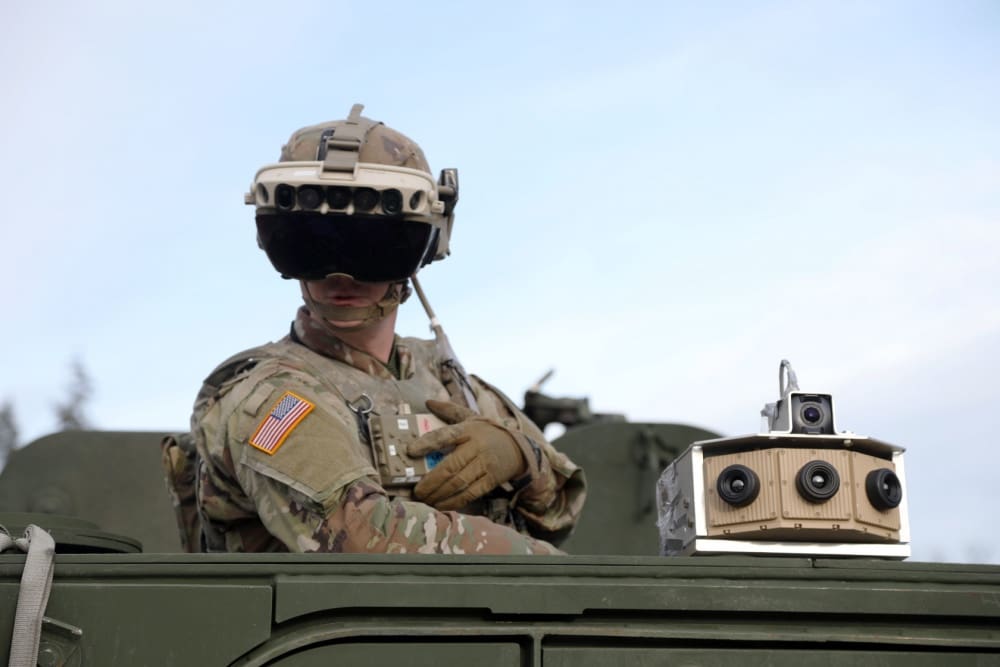
IVAS looks at the Soldier as a weapons system, carefully balancing weight and Soldier load with its enhanced capabilities. Therefore, the Army is looking to amplify the impact of one dismounted Soldier equipped with IVAS and apply its capability set to mounted platforms as well.
“Up until this point IVAS has really been focused on the dismounted Soldiers and getting that fighting goggle right,” said MAJ Kevin Smith, C5ISR Night Vision and Electronic Sensors Direction (NVESD) Research and Development Coordinator and PM IVAS Platform Integration Directly Responsible Individual (DRI). “So in parallel, we in the Night Vision Electronic Sensors Directorate have been working to build-in applications to leverage both new and existing sensors on the vehicles to give the Soldier not just enhanced visual situational awareness, but also C2 [Command and Control] situational awareness while they’re inside of a platform or vehicle.”
The integrated team made up of Project Manager IVAS, Soldier Lethality Cross Functional Team (SL CFT), NVESD and C5ISR Prototype Integration Facility (PIF), PM Stryker Brigade Combat Team (SBCT), PM Bradley, Army Capability Manager Stryker (ACM-S) and Bradley (ACM-B), and industry partners came together at Joint Base Lewis-McCord to tackle how to best amplify the capabilities of IVAS onto vehicle platforms.
“In the past, as the Soldier in the back who’s going to actually be dismounting on the objective you may have a single screen to look at that can maybe toggle between the driver’s view or the commander’s view, or the gunners view, or perhaps you’re looking through periscope blocks or asking the crew themselves what is actually happening around you,” said SFC Joshua Braly, SL CFT. “But overall when you are buttoned up in the back of a platform you have very limited situational awareness to what you’re walking into.”
Beyond the original problem set, IVAS is looking to be applied to an additional capability gap in order to allow the mounted and dismounted Soldier to maintain both C2 and visual situational awareness seamlessly across Army vehicle platforms.
Soldiers from 1-2 SBCT and 3rd Infantry Division joined the multi-dimensional team to learn IVAS and provide feedback on what would be most operationally effective as the technology integrates onto larger platforms.
SOLDIER EXPERIENCE
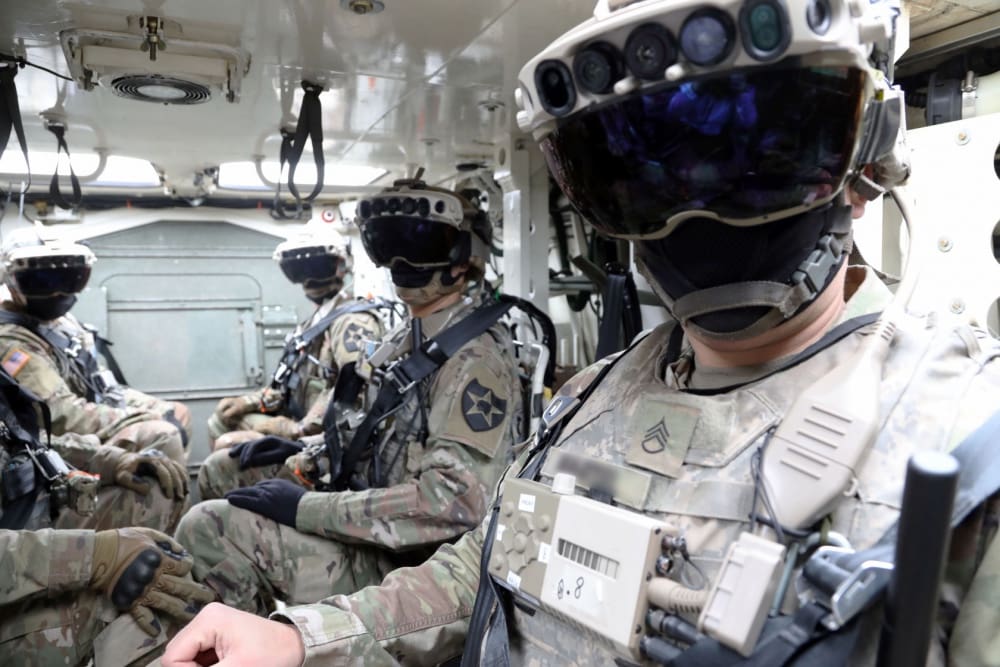
“I struggled when I was a squad leader getting out of the bay not knowing where I was because we get dropped at different spots in the op order,” said SGT John Martin, Bradley Master Gunner from 3rd Infantry Division. “Not having information on the ground was definitely a challenge that tripped us up.”
The squads took turns in the Stryker and Bradley vehicles testing each camera view and function, power management, communications, and the ease of mounting and dismounting with the IVAS. The Soldiers quickly saw that the capabilities being developed for dismounted Soldiers via IVAS are amplified by integrating the system into platforms using World View, 360 degree, and See capabilities that leverage the view of external sensors to be transmitted to the Heads Up Display (HUD) of each individual Soldier.
“There’s always a line between the squads and the tracks, and having this equipment is going to help tie them in so the dismounts in the back can see the actual optics of the vehicle itself and then they can seamlessly work with the crew because everyone can see around the vehicle without actually having to step outside of it,” said Martin. “It has countless uses like land navigation, being able to track things while on the battlefield, moving through urban complexes, moving through open terrain, it’s insane.”
Each Soldier with IVAS can “see through” the vehicle to what its external sensors are feeding into the individual HUDs, as if the vehicle has invisible armor. Soldiers with the Stryker Brigade Combat Team understood the implications to not only C2 situational awareness management and safety, but also overall lethality of the force.
“This changes how we operate honestly,” said SGT Philip Bartel with 1-2 SBCT. “Now guys aren’t hanging out of vehicles in dangerous situations trying to get views on what’s going on. Leadership will be able to maneuver their elements and get view-on-target without having to leave the safety of their armored vehicles. Maneuvering elements with that kind of information will minimize casualties and will overall drastically change how we operate and increase our effectiveness on the battlefield.”
“The fact that we are going to be more lethal on the ground, the fact that we won’t be losing as many guys because everyone can see and track the same information, the capabilities and possibilities and implications of this technology are endless,” added Martin.
SOLDIER CENTERED DESIGN
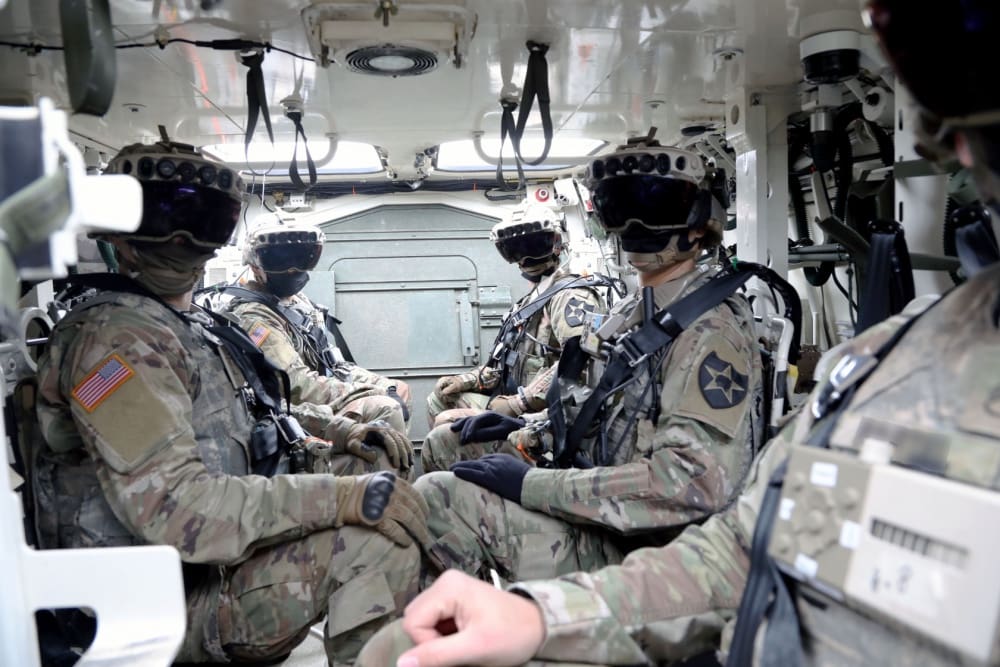
Soldier Centered Design is a driving principle of IVAS technology development. It calls for the Soldier and squad to be understood and developed as a comprehensive weapons system and prioritizes Soldier feedback. By addressing operational capability gaps with a holistic view, it allows the physical interface and load requirements of Soldiers to be better managed and balanced while integrating leap ahead technology to increase lethality on the battlefield.
“Right now the technology is in prototype phase, so we’re getting some really good feedback from actual Soldiers here on the ground today that we can take back and make some critical improvements with, which is awesome,” said Smith. “The reason why we do this is because these requirements need to be generated from the bottom up, not from the top down. So enlisting Soldier feedback is really important to us so that we understand what they need and what their requirements are.”
The program is revolutionizing the way that acquisition requirements are generated. Though engineers and industry experts have always been dedicated to develop effective products to meet Soldier needs through requirements, best practices have now shown that requirements should be developed hand in hand with and by the end user.
“Whereas before requirements were generated, in my opinion, inside of silos, we really need the Soldier’s feedback in order to generate a proper requirement that’s best for the Soldier, period,” said Braly. “It’s really important because we can’t build something that Soldiers are not going use. We have to get that feedback from Soldiers, listen to Soldiers, and implement that feedback. Then it becomes a better product for the Soldier, and they’re going to want to use it. If they don’t want to use it, they won’t, and it’s all for nothing.”
FUTURE OF IVAS
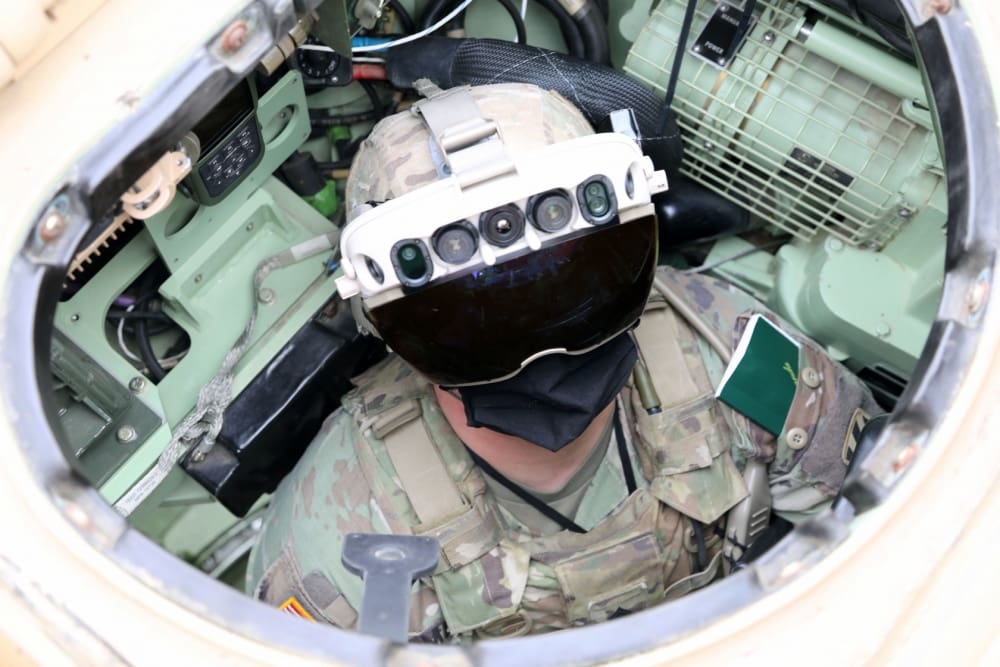
The event was another step towards developing IVAS, which was recently approved to move from rapid prototyping to production and rapid fielding in an effort to deliver next generation capabilities to the close combat force at the speed of relevance.
“One of the goals of IVAS was that it’s going to be a fighting goggle as well as a training goggle and we are 100% attempting to bring both to reality,” said Braly. “This is one of those key moments in our military’s history where we’re able to look back and acknowledge that we’re not where we want to be and we’re willing to make bold strides to get there. IVAS is without question an effort to do that, and we’re working diligently every day to make this a reality.”
Team IVAS continues to iterate the hardware and software prototype towards the Operational Test planned for July 2021 and FUE in 4QFY21.
“This is something that none of us imaged we would see in our careers,” said Martin. “It’s futuristic technology that we’ve all talked about and seen in movies and video games, but it’s something that we never imaged we would have the chance to fight with. It’s definitely technology that we are really excited to use as soon as they can get it to us.”
Story by Courtney Bacon, PEO Soldier
